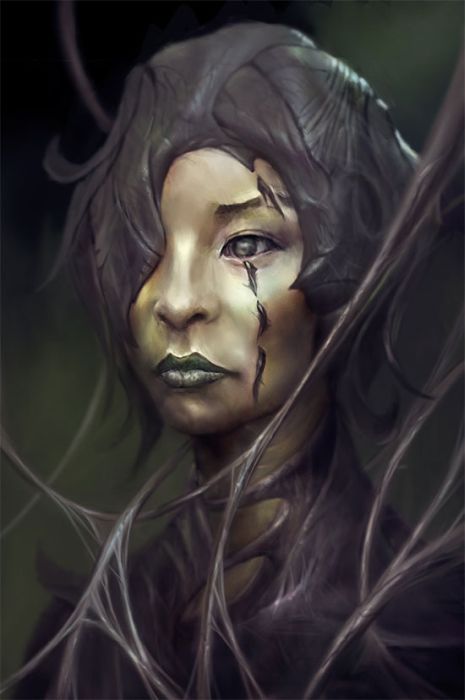|
|
Computer Graphics Digital Surrealistic Painting Illustration
|
Surrealism as a political force developed unevenly around the world: In some places more emphasis was on artistic practices, in other places on political practices, and in other places still, Surrealist praxis looked to supersede both the arts and politics. During the 1930s, the Surrealist idea spread from Europe to North America, South America (founding of the Mandrágora group in Chile in 1938), Central America, the Caribbean, and throughout Asia, as both an artistic idea and as an ideology of political change.
Politically, Surrealism was Trotskyist, communist, or anarchist. The split from Dada has been characterised as a split between anarchists and communists, with the Surrealists as communist. Breton and his comrades supported Leon Trotsky and his International Left Opposition for a while, though there was an openness to anarchism that manifested more fully after World War II. Some Surrealists, such as Benjamin Péret, Mary Low, and Juan Breá, aligned with forms of left communism. Dalí supported capitalism and the fascist dictatorship of Francisco Franco but cannot be said to represent a trend in Surrealism in this respect; in fact he was considered, by Breton and his associates, to have betrayed and left Surrealism. Benjamin Péret, Mary Low and Juan Breá joined the POUM during the Spanish Civil War.
Breton's followers, along with the Communist Party, were working for the "liberation of man." However, Breton's group refused to prioritize the proletarian struggle over radical creation such that their struggles with the Party made the late 1920s a turbulent time for both. Many individuals closely associated with Breton, notably Louis Aragon, left his group to work more closely with the Communists.
Surrealists have often sought to link their efforts with political ideals and activities. In the Declaration of January 27, 1925, for example, members of the Paris-based Bureau of Surrealist Research (including André Breton, Louis Aragon, and, Antonin Artaud, as well as some two dozen others) declared their affinity for revolutionary politics. While this was initially a somewhat vague formulation, by the 1930s many Surrealists had strongly identified themselves with communism. The foremost document of this tendency within Surrealism is the Manifesto for a Free Revolutionary Art, published under the names of Breton and Diego Rivera, but actually co-authored by Breton and Leon Trotsky.
|
|









